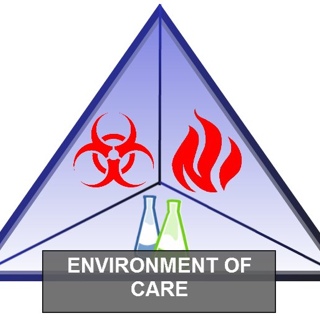Information
-
Document No.
-
Audit Title
-
Client / Site
-
Conducted on
-
Prepared by
-
Location
-
Personnel
Observations
-
Hand hygiene observation (practices, availability, and proper use of products)
-
Airflow check in dirty utility room (dirty utility room is negative airflow-via Kleenex test)Laundry and garbage chutes are negative airflow.
-
Transmission based precautions-appropriate utilization of PPE (donned prior to entering room and doffed in appropriate sequence prior to exit)
-
Observation/explanation of medication preparation (ie did they scrub the stopper on the vial prior to withdrawing medication, did they scrub the med port prior to utilization?
-
Appropriate items stored in the refrigerator (ie medication are not stored with lab supplies/specimens, patient and staff food are not mixed, patient food is appropriately labeled with 2 patient ID's and appropriate expiration date)
-
Under sink storage contains only cleaning supplies
-
-
Appropriate separation of clean and dirty (ie no risk for cross contamination between clean and dirty supplies)
-
Environment clean and uncluttered, storage areas are appropriate, and no items stored in corrugated boxes, no outdates noted
-
High level disinfection (check logs)
-
Areas are free of visible dust (air vents, supply carts, workstations...etc.)
-
Ceiling tiles intact
-
Privacy curtains are cleaned annually and as needed
-
Lights are free of bugs?
-
Sharps safety exemption form completed for all sharps without a safety device
-
Sinks are functioning properly and no signs of leaking? Caulk in good condition?
-
Surfaces free of blood, dust, stains and cracks
-
Food and beverages stored in non-clinical areas?
Questions for staff
-
What does standard precautions mean to you?<br>(Using appropriate PPE to protect themselves from any potential exposure, based on the situation.)
-
When is it required that you empty linen bags, sharps and trash?<br>(When its 3/4th full or wet)
-
How do you know an item is sterile before you use it?<br>(Integrity of package, expiration dates checked)
-
What is CAUTI and what is your role in preventing it? <br>(Early removal, nurse driven protocol, foley bag off the floor, maintain closed system, sterile insertion, cleaning when soiled, etc)
-
What is CLABSI and how do you help prevent it?<br>(Teach patients/families infection prevention strategies prior to insertion, utilize insertion checklist when involved in procedure, scrub the hub 15 seconds, get order for removal as soon as line no longer needed, sterile dressing changes weekly and when soiled, hand hygiene, no blood draws, respect he line every patient every time.)
-
What is a VAP and what is your role in preventing it from occurring?<br>(Elevate HOB 45 degrees, patient on PPI, oral cares, suctioning, turning)
-
What is an SSI and what is your role in preventing it from occurring?<br>
-
What and when do you provide education to patients and/or visitors on ways to prevent the spread of infections?<br>(hand hygiene, cover cough, don't visit when ill)
-
What is an MDRO and how do you treat a patient differently when they have or are suspected of having one?<br>(Isolate, dedicate equipment, posted sign, educate patient and family how to prevent the spread of infection)
-
What are some examples of MDRO's?<br>(MRSA, VRE, CRE, even though not an MDRO C Diff is treated similarly)
-
How would you clean up a blood or body fluid spill?<br>
-
How would you report an exposure to blood, body fluids or a needle stick?<br>(Call the exposure hotline [366-5251] and complete an online injury report [on sanford connect])
-
What is your process for cleaning equipment between patient use?<br>
-
How do you know what sani wipe to use when and what is the wet time?<br>(According to manufacturer's instructions)









